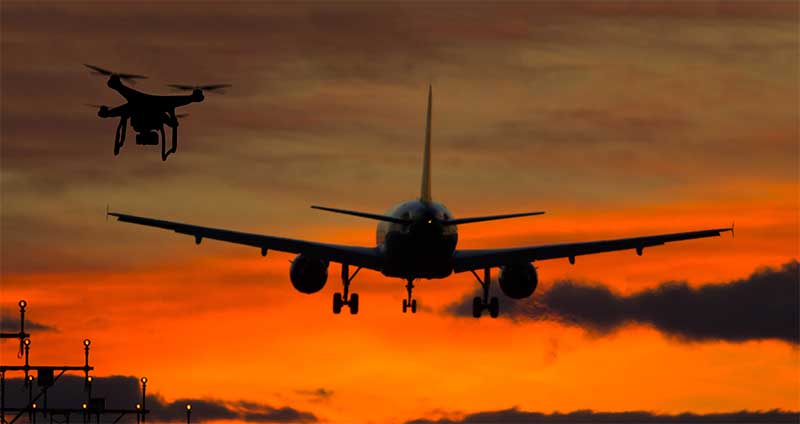
Drones Shut Down an Airport: Now What?
Over 100,000 travelers were grounded the week leading up to Christmas due to rogue drones spotted at the Gatwick Airport outside of London. Planes could neither take-off nor land when drones were present because of the damage they could have on passenger planes. This time, it was simply an inconvenience, as the drones entering airspace caused an airport-wide shut down, misplaced travelers, missed flights and lack of sleep—but no one was harmed.
Gatwick Airport was forced to bring in military force to help defend the airport against two drones, each likely weighing less than 20 pounds. There was also talk of shooting down the drones with snipers inside helicopters over a busy urban environment, but that was quickly dismissed due to obvious safety issues.
We must take this as a wake-up call to the costs and potential harm due to the lack of modern airspace security in airports across the US and around the world, and a wake-up call that terrorists are able to weaponize drones in a similar scenario.
Incidents like this cause word to spread quickly about how airports can be shut down by a simple consumer drone and could even prompt copycat incidents. Bad actors, like terrorists already testing drones as bomb carriers in Gaza, are now fully aware of the vulnerabilities in our airspace safety. The question remains—what will it take for the world to take action to implement modern security measures to mitigate the risks of drones in no-fly-zones like airports, refineries, stadiums, outdoor venues, amusement parks, and more? Just this past August, an assassination attempt on Venezuelan President Nicolas Maduro brought to light the potential of a drone attack against a public figure or civilians as a real possibility.
Airspace in the United States is largely insecure in relation to drones. Most critical infrastructure lacks sufficient airspace security and protocol for how to handle situations such as rogue drones. Passengers whose trips we derailed due to the recent Gatwick incident were posing the right questions,” How does the airport not have the resources to down the drone?” Allison Carter said. “What kind of message does this give to terrorists and criminals?”
The good news is that technology and solutions do exist to prevent, mitigate and offensively handle drones in our airspace. Airports have fixated on building tools to intercept drones that emit radio frequency signals, however, technology has evolved rendering these systems insufficient, as drones are now easily rendered “RF dark,” meaning they are not detected by an antenna because they are not emitting any RF signal.
Highly advanced, AI-enabled radar, beyond what airports currently employ, is available to establish a broad awareness of exactly what is in the airspace, without relying on RF signals, identifying drones being flown anywhere within an airspace. This type of visibility can be established and deployed in a matter of hours for less than the cost a of a few security guards to provide the level of safety and security that we would expect in our most secure public spaces.
Whether the incident in Gatwick was perpetrated by clueless and careless operators or true bad actors with an illicit intent is yet to be established, but in either case, the ability to first see the drones and then remove them from n airport airspace safely and quickly is possible. The Dutch have employed an eagle to aid in this type of removal, even, showing there are many ways to achieve effective removal of drones from airspace as needed.
In order to continue the growth and exciting future spurred by the drone industry, these solutions will be necessary to advance into a drone-enabled world more quickly and safely. If we work to deploy actionable airspace security worldwide, we can expect to see our first air taxi trip facilitated by drones alone as early as 2019.
Drone sales are up and the Federal Aviation Administration (FAA) in the US expects increased growth with registrations already reaching beyond one million. But continued expansion is not possible without proper guardrails in place to prevent disaster. This should be in the form of proper regulations to allow for mitigation by law enforcement and the private sector when necessary, in addition, to further investment in and implementation of technology to secure our airspace.
The consensus within the private and public sector in the US led to Congress passing recent legislation which gives federal agencies (DOJ and DHS) the ability to prevent and remove threatening drones. However, this law still leaves a gray area for state and local authorities, which are not explicitly included. In Britain, a person can be imprisoned for up to five years for flying a drone near an airport, yet this law isn’t all that is needed to prevent incidents from occurring.
In order to enable a world where we can benefit from drones with anything from life saving medical deliveries to environmentally friendly transportation and enhanced public safety, we must implement the necessary protections to ensure safe use and secure airspace in our most critical public spaces.

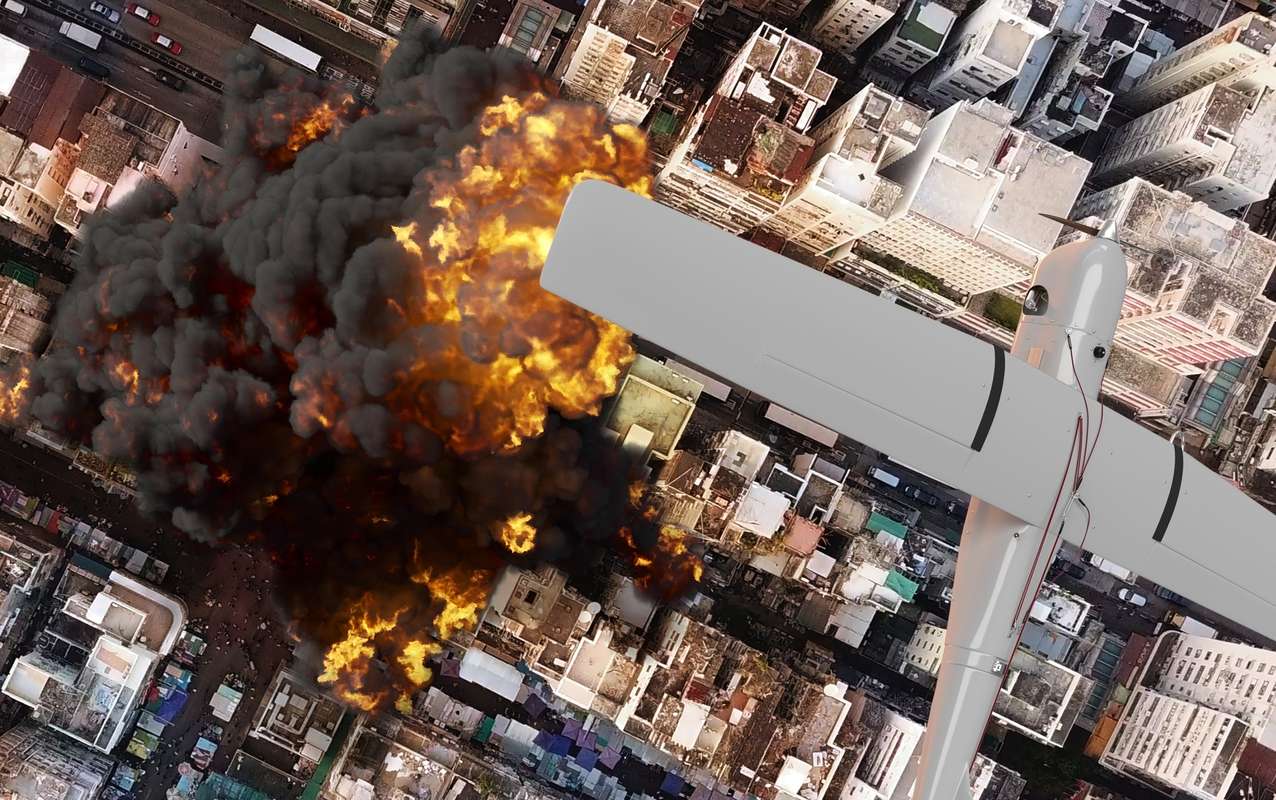
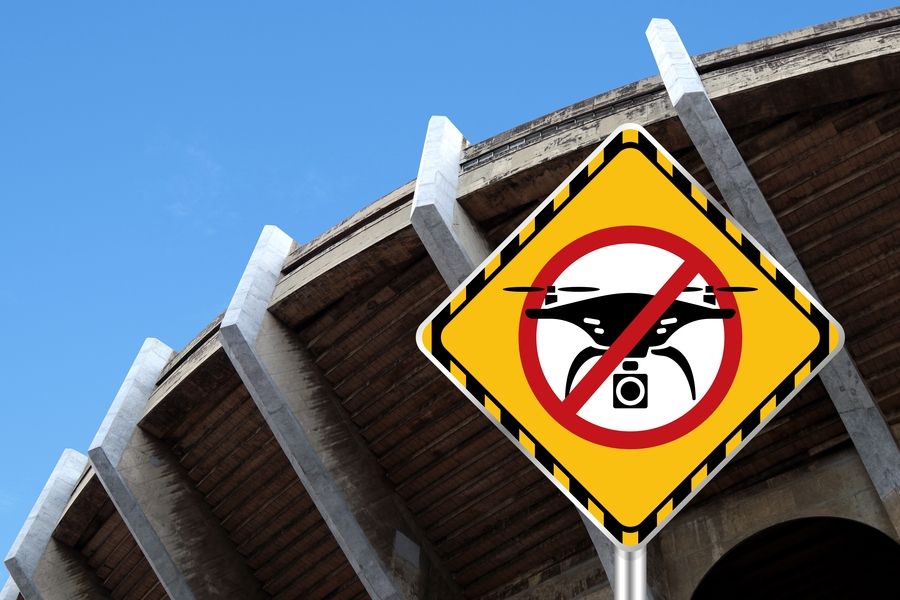
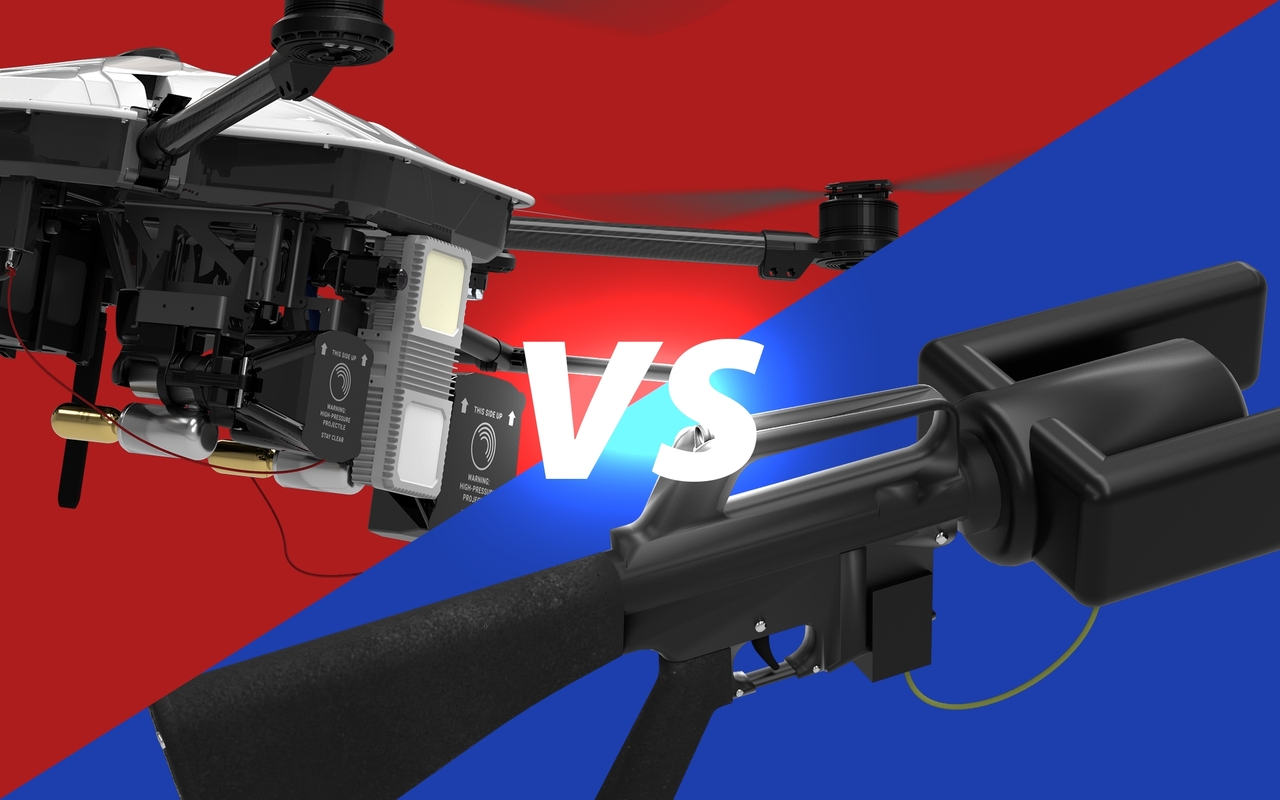
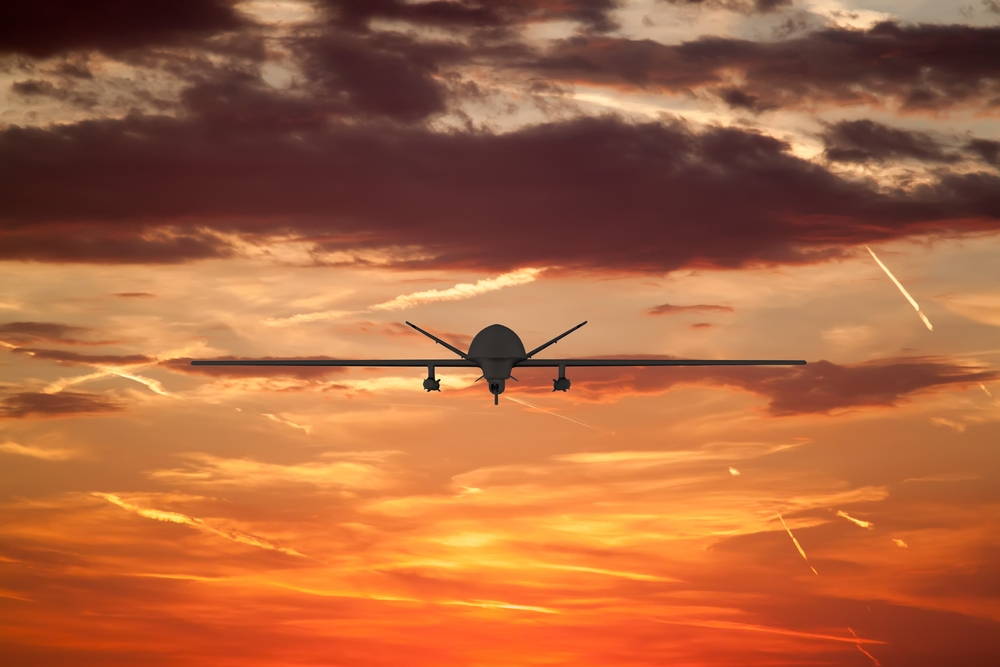

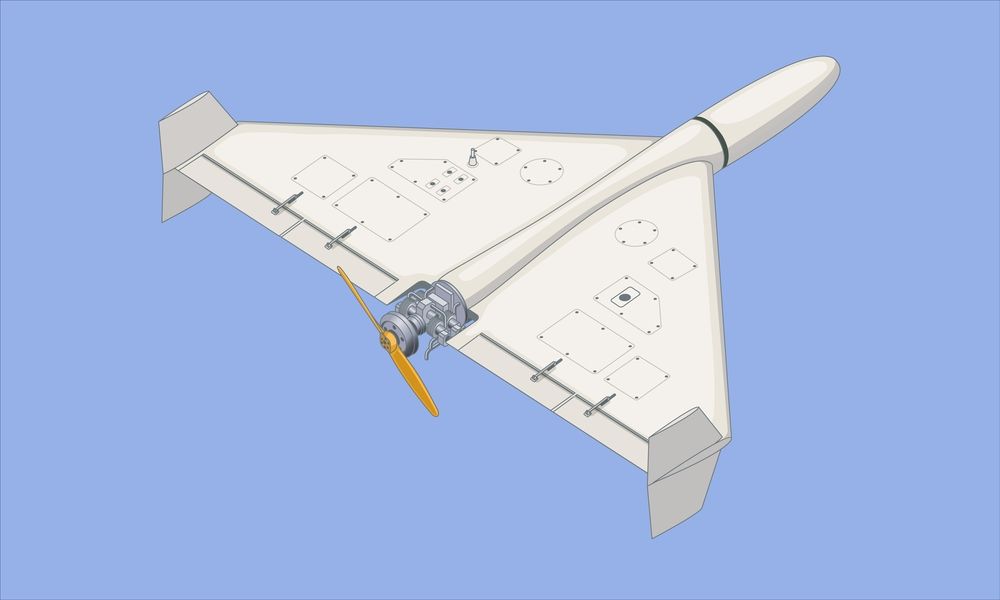
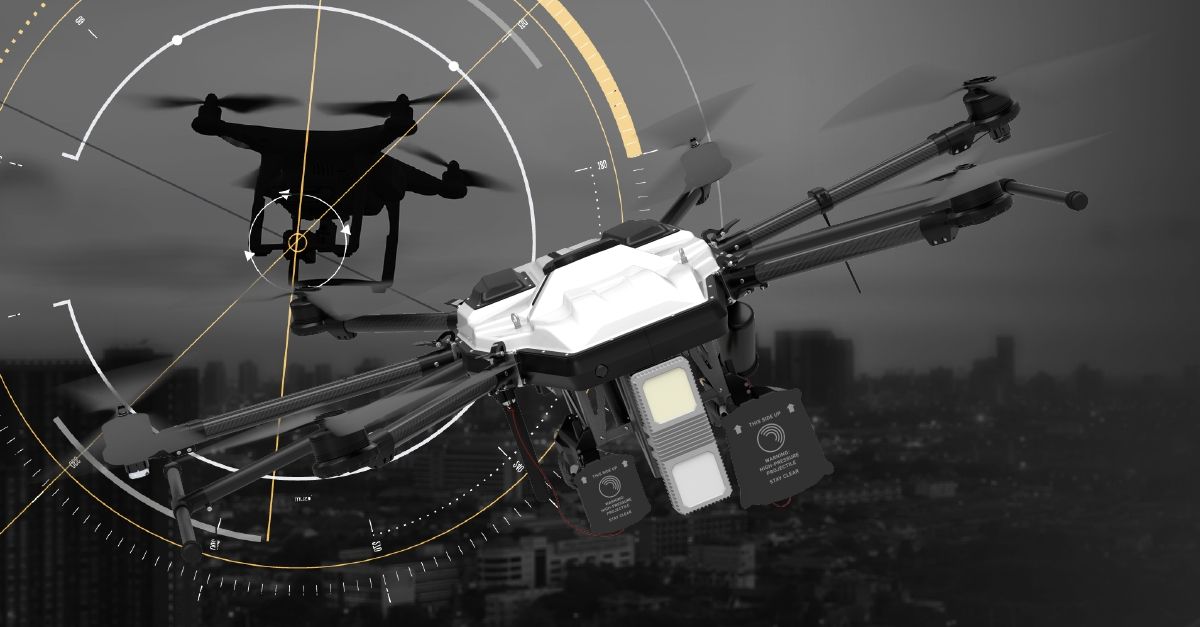
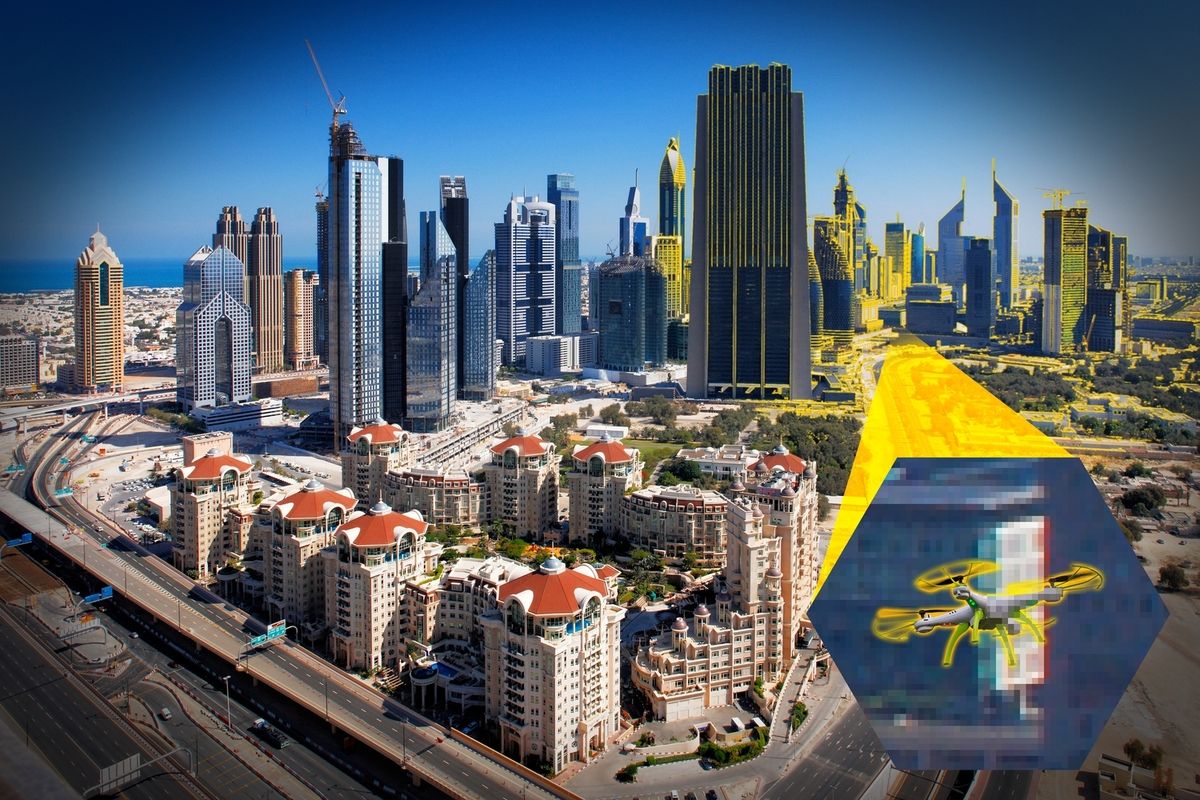
Related posts